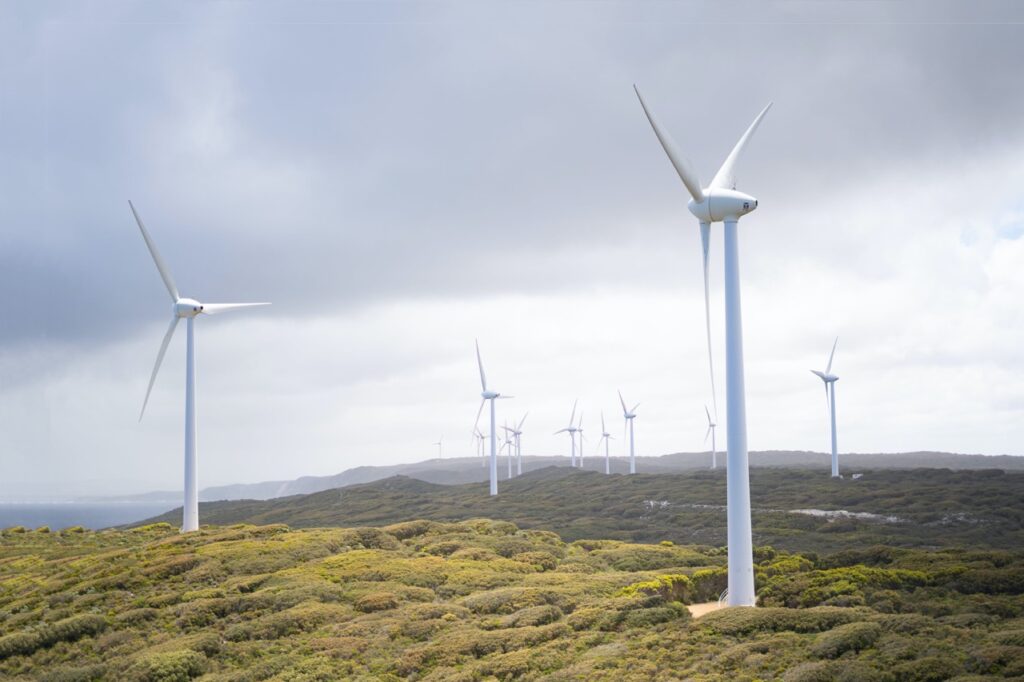As the world grapples with the existential challenge of climate change, the quest for clean and sustainable energy sources has never been more critical. Wind and solar power emerge as two potent contenders in the renewable energy arena, promising a future powered by nature’s abundant resources. This article delves into the potential of wind and solar power, exploring their capacity to transform the energy landscape and propel us towards a greener, more sustainable future.
Harnessing Nature’s Bounty:
- Wind and solar energy are inexhaustible resources, available in abundance across the globe. Tapping into these resources presents an opportunity to lessen our reliance on fossil fuels and curtail greenhouse gas emissions.
Technological Advancements:
- Continuous technological innovations have significantly enhanced the efficiency and reduced the costs of wind turbines and solar panels. Advanced materials, smart grid technologies, and enhanced energy storage solutions are propelling the wind and solar power sectors to new heights.
Economic Viability:
- The declining costs of wind and solar technologies have made them economically competitive with conventional energy sources in many regions. Moreover, the potential for job creation in the renewable energy sector is a substantial economic incentive.
Energy Independence:
- By harnessing locally available wind and solar resources, regions can move towards energy independence, reducing reliance on imported fuels and enhancing energy security.
Reduced Environmental Impact:
- Unlike fossil fuel-based energy generation, wind and solar power produce no harmful emissions and require no water for operation, significantly reducing their environmental footprint.
Grid Resilience and Reliability:
- Integrating wind and solar power can enhance grid resilience by providing a diverse energy mix. Moreover, distributed solar systems can provide crucial backup power during outages.
Community Empowerment:
- Community-owned wind and solar projects can empower local communities, providing them with a source of revenue and fostering social cohesion.
Policy Support:
- Supportive policies, incentives, and global cooperation can further accelerate the deployment of wind and solar power. International agreements like the Paris Agreement set the stage for a global transition towards renewable energy.
Educational and Research Opportunities:
- The growth of the wind and solar sectors creates a myriad of educational and research opportunities, driving further innovations and fostering a skilled workforce for a renewable energy future.
Aesthetic and Land-Use Benefits:
- Solar and wind installations can be designed to blend with the local environment and, in the case of solar, integrated into buildings and other structures, minimizing land use.
Scalability and Flexibility:
- Wind and solar power offer scalability and flexibility, allowing for a range of applications from small off-grid systems to large utility-scale power plants.
In conclusion, the dawn of a renewable future is on the horizon, with wind and solar power at the forefront of this green revolution. The potential of these clean energy sources to mitigate climate change, invigorate economies, and foster a sustainable energy paradigm is immense. As technology continues to advance and the global community galvanizes towards a common goal of sustainability, wind and solar power stand as promising pillars in the edifice of a clean energy era. The transition may pose challenges, yet the long-term benefits for the planet and its inhabitants are invaluable. Embracing the clean breeze and sunbeams is not merely a vision of hope, but a pragmatic pathway towards a sustainable, renewable energy-powered world.







